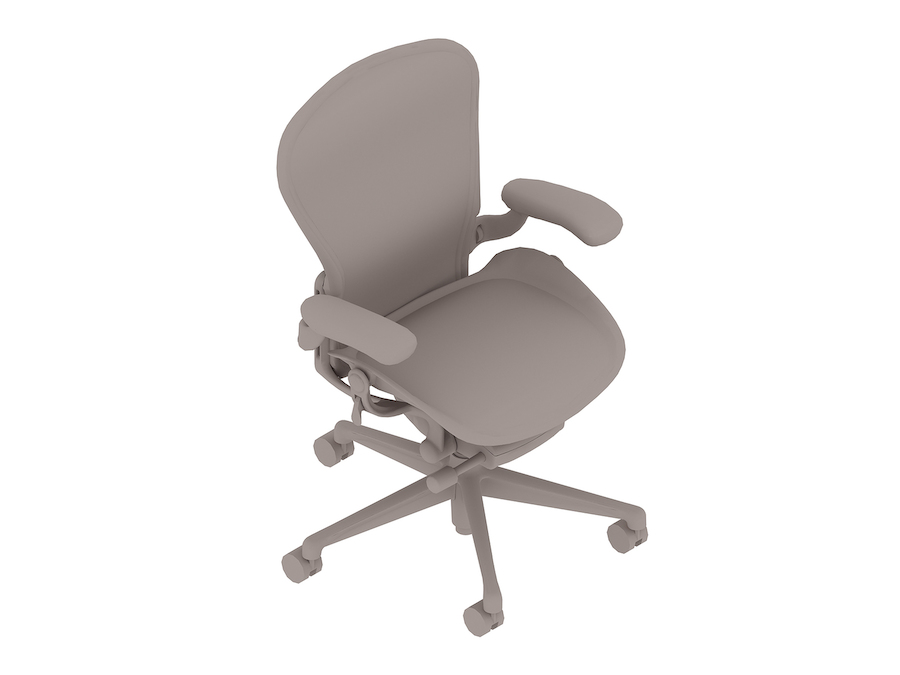Aeron Chair–B Size–Height Adjustable Arms – 3D Product Models – Herman Miller
Aeron Chair–B Size–Height Adjustable Arms – Download models for planning purposes, including Revit, SketchUp, and AutoCAD 2D and 3D files.
Downloads
Revit (3.3 MB)
SketchUp (5.2 MB)
AutoCAD 2D (0.1 MB)
AutoCAD 3D (1.7 MB)
Product Category: Office Chairs
Portfolio: Thrive Ergonomic Portfolio
Brand: Herman Miller
Additional information
| Height | 35.9"–43.2" |
|---|---|
| Width | 26.5"–30.4" |
| Depth | 26.8" |
| Seat Depth | 17" |
| Seat Height | 14.8"–22.8" |
| Arm Height | 7.5"–11.5" |






Reviews
There are no reviews yet.